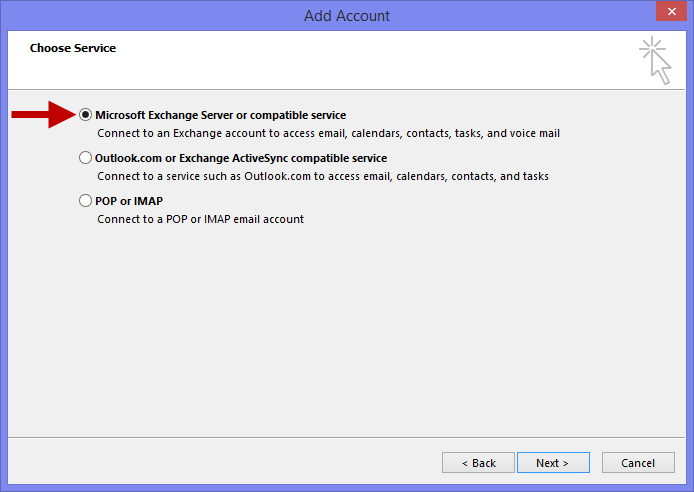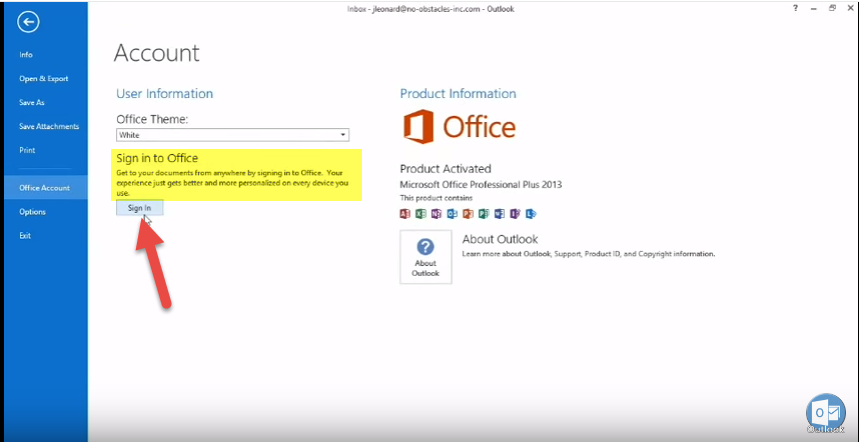

- #MICROSOFT OUTLOOK 2013 HELP DESK HOW TO#
- #MICROSOFT OUTLOOK 2013 HELP DESK UPDATE#
- #MICROSOFT OUTLOOK 2013 HELP DESK WINDOWS 10#
- #MICROSOFT OUTLOOK 2013 HELP DESK CODE#
- #MICROSOFT OUTLOOK 2013 HELP DESK LICENSE#
“Key into the body of the task additional notes about the effort or work taken,” he said. In addition, White suggests making good use of the notes field. The Start Date, Status, and % Complete fields provide helpful information for those wondering about the standing of their request. He enters the requesting end user’s name in the Contacts field so the user can be easily kept up-to-date on the status of the request. He enters the task’s due date and sets the priority to low, normal, or high. Then he fills in the other information in the task. Once the new task is created, White makes sure that the subject clearly states the work requested and makes any edits necessary. The body of the new task contains the text from the e-mail message, as shown in Figure A.Ĭlick and drag a message to the tasks folder to convert it. A new task automatically opens, and the subject of the original message is the subject of the task. You simply click, hold, and drag the incoming message to the Tasks folder. White uses an easy method to create an Outlook task from an e-mail request sent by an end user. The method also allows some rudimentary analysis of the support staff’s responsiveness to end users.

White uses a public folder to store tasks so that both IT staff and end users can view the task and its status. While he has used more extensive work plan tracking when working in larger departments, he’s found Outlook to be a great way to keep up with the demands of his current users. Mark White, an IT manager with BorgWarner Air Fluid Systems in Water Valley, MS, is using Microsoft Outlook tasks in a public folder to track help desk requests and procedures. One TechRepublic member told us about a simple solution and how he implements it in his small IT shop. IT consultants have to be aware of those simple solutions and when they apply. This is essentially important for the smooth execution of Outlook.Sometimes the simplest solutions are staring you right in the face.
#MICROSOFT OUTLOOK 2013 HELP DESK UPDATE#
This can be achieved by manually update Office.
#MICROSOFT OUTLOOK 2013 HELP DESK CODE#
Related to Windows or Outlook PST fileĪ): An error at the time of MS Outlook activation (Error code 0x80070005 fix) may appear due to some problem inactivation and it will disturb MS Office or Outlook. Obviously, this issue is easily addressable and can be resolved by following steps to first deactivate and then activate or renew the subscription.
#MICROSOFT OUTLOOK 2013 HELP DESK LICENSE#
One possibility is related to the activation of a product license that may appear as an error when the user tries to access MS Outlook.

#MICROSOFT OUTLOOK 2013 HELP DESK WINDOWS 10#
Generally, the repair procedure for Outlook 2013 in Windows 10 follows the sequence of steps as below:
#MICROSOFT OUTLOOK 2013 HELP DESK HOW TO#
How to Repair Outlook 2013 in Windows 10? A typical diagnostic report looks like the following screenshot. When you run OffCAT it generates a diagnostic report, which not only contains the reason for the Outlook crash but also indicates invalid registry entries, outdated add-ons, performance issues, etc. Fortunately, there is a new addition to a diagnostic tool of MS Office package, namely ‘Office Configuration Analyzer’ (OffCAT), which is free and applies to 2003 and above all versions of MS Outlook. This is an essentially good idea to explore and single out the reason for the crash as it will help to move in the correct direction to check as to how to repair outlook 2013. Identifying the reasons for Outlook 2013 crash: Before taking some repair action it may be appropriate to single out the reason causing a crash. Therefore, you need to resolve the issue for outlook 2013 to be functional.



 0 kommentar(er)
0 kommentar(er)
